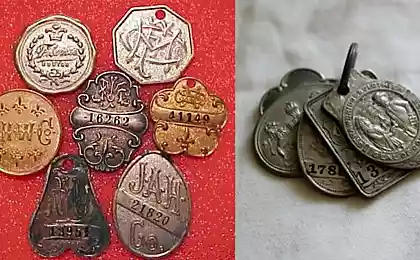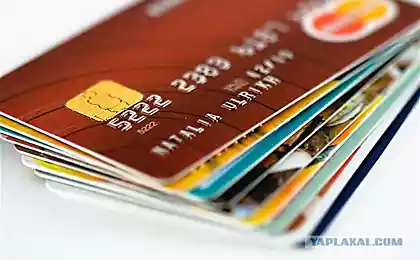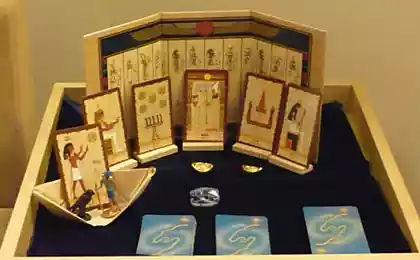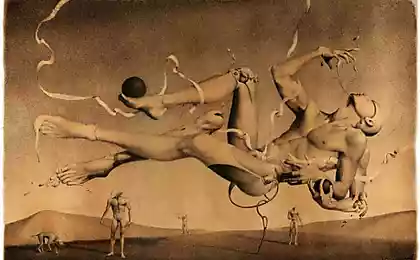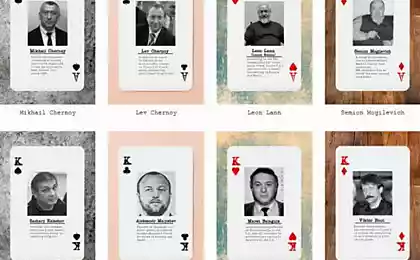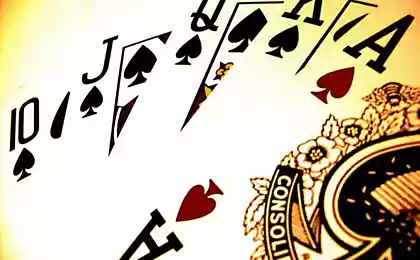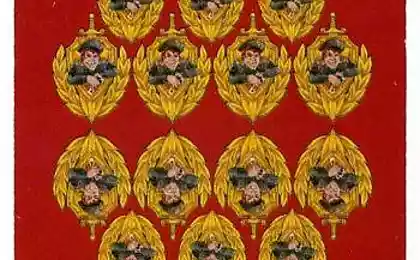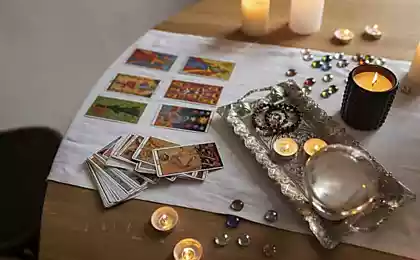1368
Playing cards

According to one version, the invention of playing cards was attributed to the ancient Egyptian god Thoth - founder of writing, numeracy and calendar.
In the Middle Ages the Kabbalists described the suit: diamonds - spirits of fire salamanders, worms - the masters of the elements of air sylphs, clubs - water spirits undines and peaks - the lord of the underworld dwarves.
Once on playing cards depicting people in full growth. Only in the XVII century guessed split card in half and each half to draw a man in the chest. These maps became known as two-headed.
Attitude to the cards was different. St. Louis for a game of cards punished whip. They hated Peter I, but adored Catherine II, Anne of Cleves, Henry VIII and Marie Antoinette.
The decree of the French King Henry III of Valois in 1584 demanded from the masters to make the cards only from the best cardboard, describing exclusively indigo and vermilion.
There are many varieties of playing cards. A Japanese firm has produced edible playing cards for leaving a heavy and long hikes.
In 1711, in the French province of Quebec on playing cards was set state seal: these cards if necessary served as paper money.
In the maps reflect the time. Red and black - like night and day. 52 cards correspond to the number of weeks in a year and a joker in handy in a leap year. The four suits - four seasons. If each of Diamonds estimated at 11 points, lady - 12 King - 13, and an ace to take the unit, the amount of points in the deck will be 364. By adding "individual" wild card, obtain the number of days in a year.
Cards never take with them the miners descended into the face and apartment thieves never take away cards from the robbed house. This is considered a bad omen.
The captains were not allowed sailors to take them on board. After landing in America, the people of Columbus, dwells long time without entertainment began collecting exotic trees with leaves, and from which made the first in the New World of playing cards.
The most popular manufacturer of playing cards in the USSR, and then in the CIS - Leningrad plant color printing (LKTSP) until the 1970s called third Leningrad factory offset printing Glavpoligrafproma.
In the deck of playing cards LKTSP (52 pieces), except for the jokers, from the 1970s to the 2000s invested pocket calendars for a year or two ahead with drawings and engravings by various artists of Leningrad, usually monochromatic. For example, in 1980 invested deck 2 calendar for 1982 with silhouettes of the city green by A. Ivanov, in the deck, 1993 - Calendar with blue engraving fortress in 1995, in a pack 1998 - the image of the sculptural group of horses Klodt on Anichkov Bridge orange for 1999 and so on. d.
The smallest of the draw deck of playing cards is a pack of 6, 3 × 8, 8 mm, published in Omsk in 2010.
In ancient maps was the minimum unit rather than two, as is customary. This deck can be seen, for example, in the movie "The State Counselor". Unit and an ace on the par value is the same in many solitaire.
The smallest house of cards in the world was built in March 2011, in Omsk and Stanislav Anatoly Konenko.
Figure traditional Russian satin deck has not changed for more than 150 years.
